Sachet packaging refers to small, single-use pouches designed to hold a measured amount of product (liquid, powder, gel or granule) for one-time use. Think of the familiar ketchup or sugar packets at fast-food counters – these are sachets. A sachet is typically flat and sealed on three or four sides, forming a leak-proof pouch. Because each pouch is airtight, sachets keep their contents fresh until opened. They are usually made from flexible materials (like plastic film, foil or paper) so consumers can easily carry them in a pocket, purse or bag. In short, sachet packaging delivers convenience and portion control by dispensing product in a ready-to-use packet.
Common Uses of Sachet Packaging
Sachets are incredibly versatile and appear across many industries. Typical applications include:
- Food & Beverages. Condiments and seasonings (ketchup, sauces, sugar, salt, pepper, creamers, spice mixes) are often sold in sachets. Single-serve drink products like instant coffee, tea, hot chocolate and powdered beverages also use sachets for convenience. For example, a standard coffee sachet is a small 3- or 4-sided sealed pouch containing a measured dose of ground coffee or instant mix.
- Pharmaceuticals & Supplements. Vitamins, nutraceuticals and powdered medicines frequently come in sachets so that each packet contains an exact dose. This makes dosing simple (no measuring needed) and helps patients take the correct amount every time.
- Personal Care & Cosmetics. Many personal care items are offered in sachet form: single-use shampoos, conditioners, lotions, facial cleansers, and cosmetic samples use sachets to provide trial-sized portions. Luxury skincare samples, for example, are often packaged in tiny pouches for customers to try.
- Household & Industrial. Sachets aren’t only for consumer goods. Small hardware parts (washers, nuts, bolts), detergents (laundry soap, dish detergent), and other household/cleaning products can be packaged in sachets for easy use. These slim pouches simplify distribution and handling of even non-food items.
This broad range of uses shows sachets’ flexibility: they work wherever single-use convenience and precise portions are needed.
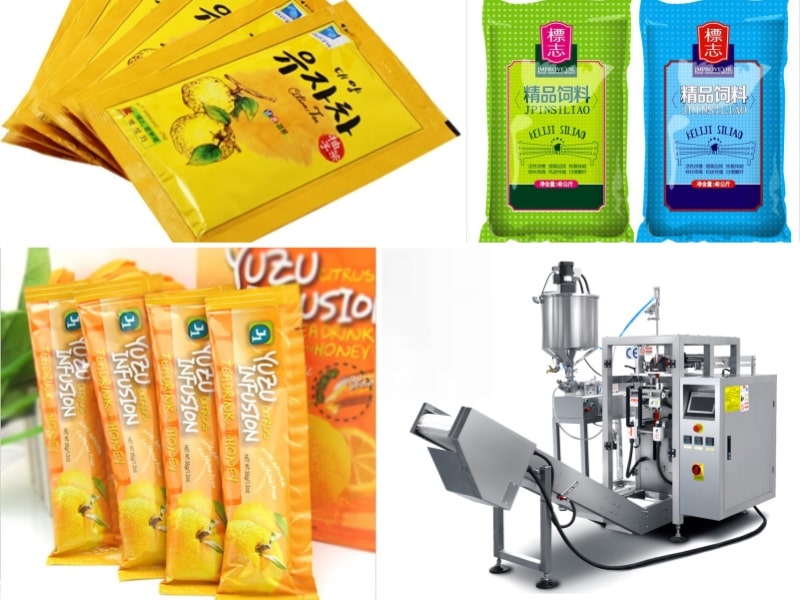
Key Advantages of Sachet Packaging
Sachets offer many benefits for both manufacturers and consumers. Key advantages include:
- Freshness and Shelf Life. Each sachet is an airtight, single-serving pouch, which protects contents from air, moisture and light. This sealed environment helps preserve flavor and potency far longer than an open container. For example, an opened family-size sugar bag spoils faster once exposed, but individual sugar sachets stay fresh until torn open.
- Convenience & Dosing. Sachets are perfectly pre-measured. Consumers can tear open a pouch and use it immediately, with no need for scales or measuring spoons. This on-the-go convenience is ideal for busy lifestyles – runners, travelers and office workers can easily stash sachets (coffee, electrolytes, supplements) in a bag. In medical contexts, sachets remove dosing errors by giving one exact dose per packet.
- Cost & Waste Savings. By design, sachets use very little packaging material, so they tend to be cheaper to produce per unit than bottles or boxes. Less plastic and paper means lower material costs. Moreover, single-use sachets help reduce product waste. If a larger container sits partially used, product can go stale or spoil. In contrast, each sachet contains only as much product as needed for one use, so nothing is left unused.
- Shelf Space and Transport Efficiency. Sachets’ slim, stackable form means more packages fit on shelves and pallets. Their flat shape allows a retailer to display dozens in the space of a few bottles, and box shipments can carry many more sachets versus bulk goods. This efficient use of space lowers storage and shipping costs and often reduces the need for extra protective packaging.
- Branding & Marketing. Although small, sachets offer a surprisingly large printable area relative to their size. Brands can print vibrant graphics, nutritional facts or promotional messages on each pouch. This visual impact is valuable for impulse purchases (e.g. checkout aisle samples) and for communicating quality or instructions. In effect, sachets become a mini-billboard for your brand.
- Environmental Aspects. Because sachets are lightweight and use minimal material, their carbon footprint in transport is relatively low. Companies are also increasingly producing sachets from recycled plastics or even compostable films to address environmental concerns. Many modern sachet films combine layers (e.g. PE/foil/PE laminate) to provide durability and barrier properties while enabling recycling in a single polymer stream.
Each of these benefits—freshness, convenience, economy, and sustainability—helps explain why sachet packaging has become so widespread and popular.
Materials and Design of Sachets
Sachets are typically made from flexible film materials chosen for strength and barrier protection. Common materials include multi-layer plastic films (e.g. polyethylene (PE), polypropylene (PP), PET) and foil laminates for moisture/oxygen barriers, or paper films for dry goods. For example, foil/PE laminates are often used for condiments to keep sauces fresh, while dry spices may use paper/PE laminates. The layers are heat-sealed along the edges to form the pouch.
By construction, sachets are generally flat and sealed on multiple sides. A typical sachet has three or four heat-sealed edges, creating a pillow-shaped packet. (Some sachets use a “top-tear” strip or notch for easy opening.) This 3- or 4-side seal design is what distinguishes a sachet from other pack styles. Because the pouch is not meant to be reopened, it is always opened by tearing or peeling one sealed edge.
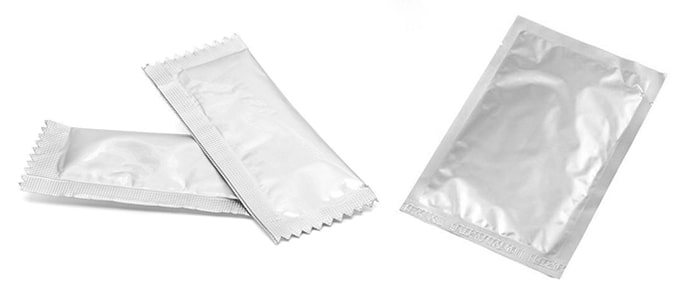
In practice, sachets come in various shapes – for instance, 2-side sealed flat packs, 3-side sealed “pillow packs”, and 4-side sealed, gusseted sachets – but all share the goal of single-use convenience. The choice of film thickness and layer composition depends on the product’s needs (for example, an oily food might need an aluminum layer for barrier, whereas sugar only needs a PE layer).
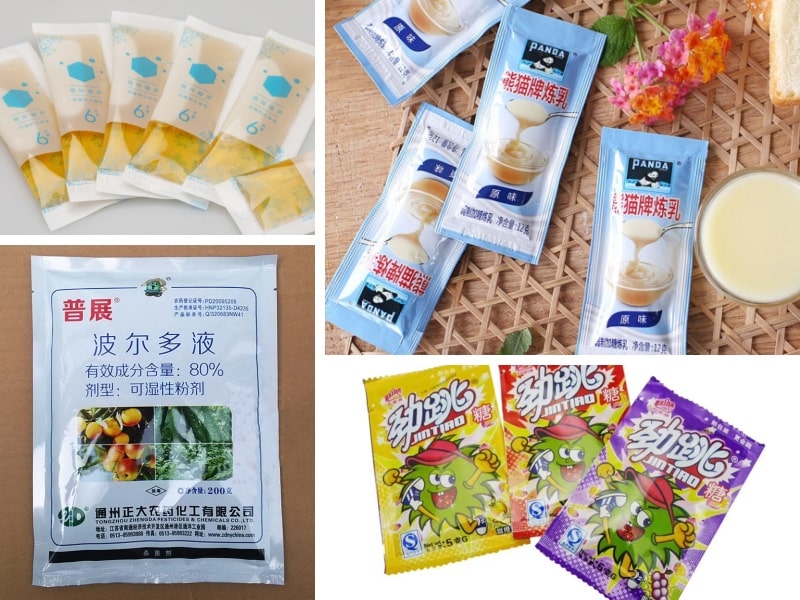
Sachet Filling Machines and Process
Sachet packaging is produced on specialized form-fill-seal machines. These machines automate the entire process: forming the pouch, filling it with product, heat-sealing the package, and cutting it off. The main types are Vertical Form-Fill-Seal (VFFS) and Horizontal Form-Fill-Seal (HFFS) systems. VFFS machines form sachets in a vertical orientation (often for powders or granules), whereas HFFS machines run film horizontally and are better for liquids or pastes. There are also multi-lane sachet machines that can produce many sachets in parallel for very high speed, and premade pouch fillers that open, fill, and reseal pre-made sachets for more flexibility.
The typical sachet-making steps are as follows:
1. Film Unwinding: A roll of packaging film is fed into the machine and tensioned.
2. Forming: The machine uses forming collars or bars to shape the film into a pouch or tube (vertical or horizontal).
3. Filling: A precise dose of product is deposited into each forming pouch via a dosing nozzle or volumetric filler.
4. Sealing: Heated bars press and seal the open edges, creating an airtight sachet.
5. Cutting: The sealed sachet is cut away from the continuous film, releasing the individual packet.
Each step is controlled to high precision, so that every sachet contains the correct amount of product (often within ±1–3%) and a strong seal. Modern machines can run continuously at high speeds – for example, some powder sachet lines produce well over 100 sachets per minute. They also minimize waste: in fact, dedicated coffee sachet machines, for instance, deposit coffee powder into 3- or 4-side sachets with very little film scrap, making the process efficient and eco-friendly.
Sachets vs Other Packaging Formats
It’s useful to compare sachets with similar formats:
- Stick Packs. Stick packs are long, narrow sachets (often called “pillow sticks”) with three-side seals. Sachets, by contrast, are generally wider and sealed on three or four sides. Both serve single servings, but stick packs excel for very small powder doses (drink mixes), while sachets offer more pack shape flexibility and printing area.
- Pouches (Doypacks, Stand-up Pouches). Larger flexible pouches typically hold multiple servings and often include a gusset or zip closure. Sachets are smaller (single-use) and non-resealable. Pouches are great for bulk storage (snacks, liquids, multi-dose refills), whereas sachets are ideal when you need a one-time disposable packet. In short, sachets are used when precise single doses and maximum portability are required; larger pouch formats are used for multi-use or bulk packaging.
These differences guide a manufacturer’s choice: if you need a small, single-use packet (a sachet), machines and design features are selected accordingly.
Market Growth and Trends
The sachet packaging market is substantial and still expanding. According to industry analysts, the global sachet packaging market was valued at $8.75 billion in 2023 and is projected to reach about $14.19 billion by 2032 (a CAGR around 5–6%). This robust growth is driven by rising consumer demand for on-the-go and trial-size products, especially in emerging markets.
Innovation continues to improve sachets. For example, manufacturers are developing recyclable mono-material sachet films (to enable easier recycling) and even printing QR codes or NFC chips on sachets for product tracking and consumer interaction. In practice, sachets combine cutting-edge materials science with simple design: they often use digital printing for high-resolution graphics, multi-layer laminates for barrier, and precision machinery for accuracy.
In summary, sachet packaging offers outsized benefits in a tiny package. It keeps products fresh, provides precise single servings, maximizes convenience, and supports effective branding—all with a minimal material footprint. These advantages make sachets an increasingly popular choice across food, pharma, cosmetics, and more. If your product can benefit from portable, pre-measured packaging, sachets are a proven, future-ready solution worth considering.
Frequently Asked Questions (FAQ) About Sachet Packaging
What is sachet packaging and how does it differ from other formats?
Sachet packaging refers to small, single-use flexible pouches—sealed on three or four sides—that deliver a measured dose of product. Compared to stick packs and multi-serve pouches, sachets offer greater surface area for branding and more flexible capacity, making them ideal for both powders and liquids.
What are the primary materials used in sachet packaging?
Sachet packaging typically uses multi-layer laminated films combining materials like PE, PET, foil, or paper. The layers are chosen for their barrier properties (against moisture, oxygen, light), sealability, and printability—ensuring preservation and functionality.
How does sachet packaging benefit coffee products?
In the context of coffee sachet packaging, sachets offer pre-measured portions that maintain freshness and flavor in each serving. Their convenient, on-the-go format and efficient packaging also reduce waste and support portion control.
What machinery is used for sachet filling and how precise is it?
Sachets are produced on form-fill-seal machines—either vertical (VFFS) or horizontal (HFFS). These systems form pouches, precisely fill them (often within ±1–3% accuracy), seal them, and cut them—all at high speeds with minimal waste. The "sachet filler" component ensures consistent dosing across production.
Why choose sachet packaging over stick packs or stand-up pouches?
Sachets suit larger single-use portions and provide more branding area than narrow stick packs. Unlike stand-up pouches, sachets are compact and non-resealable—ideal for pre-measured convenience, especially in medical, food, or travel applications.
Can sachet packaging support sustainable packaging goals?
Yes. Sachets use minimal material per unit, reducing carbon footprint in transport. Advances in mono-material films, compostables, and recyclable laminates enable greener solutions—though recycling infrastructure must keep pace.
What products commonly use sachet packaging?
Sachets are used across food & beverage (e.g., sauces, spices, coffee sachet packaging), pharmaceuticals (pre-measured powders or gels), personal care (shampoo samples, creams), and industrial or household items (detergent, small hardware parts).
How does sachet packaging support brand marketing?
Despite their size, sachets offer a relatively large printable surface. Brands leverage this for vibrant graphics, instructions, nutrition info, or promotional messaging—making sachets mini-billboards at checkout or in travel kits.
What are the limitations of sachet packaging?
Sachets are single-use and typically non-resealable, which may not suit multi-serving products. Multi-layer films can complicate recycling, and the small size means less product volume per unit, requiring many sachets for larger doses.
How does the form-fill-seal sachet filling process ensure quality control?
The sachet production process—from film unwinding and forming to dosing, sealing, and cutting—is tightly controlled. Advanced machines deliver accurate fill volumes and strong seals while minimizing film waste and maintaining production efficiency.


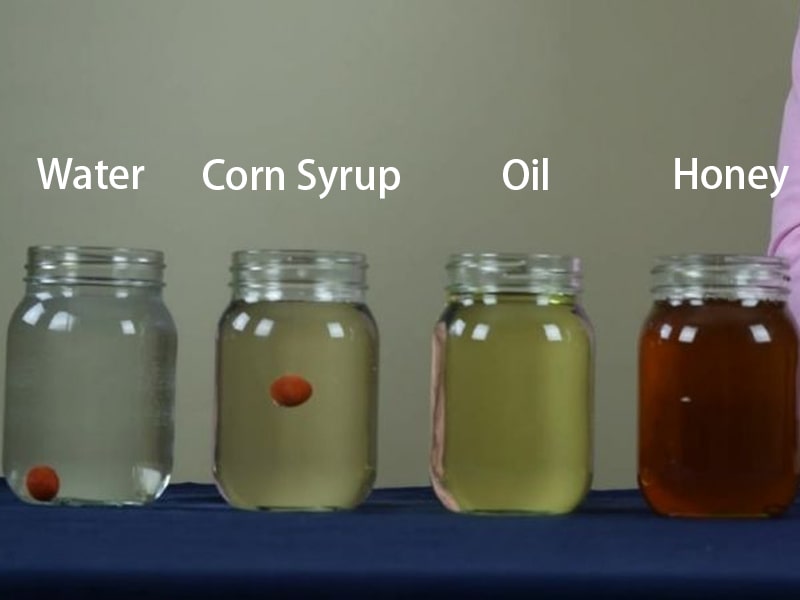
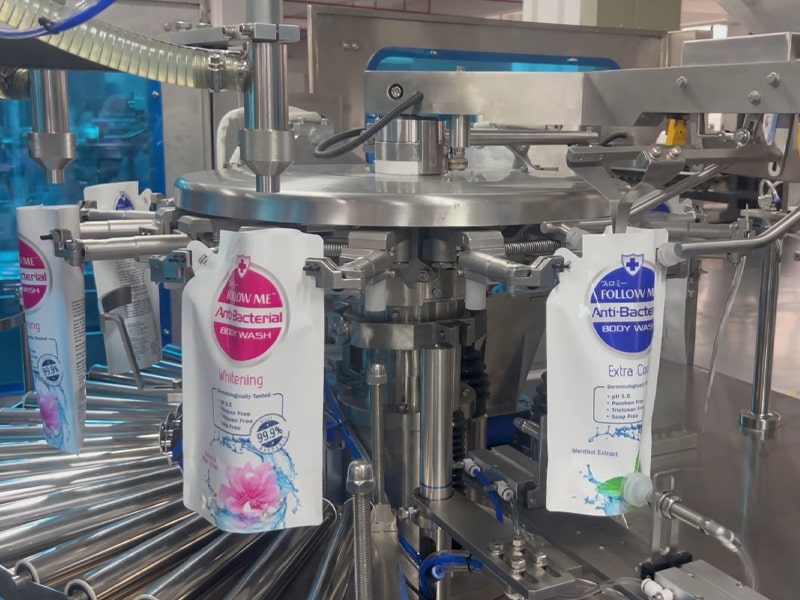


Comments